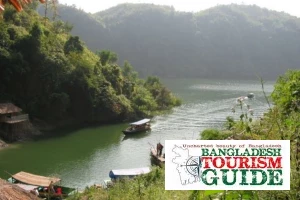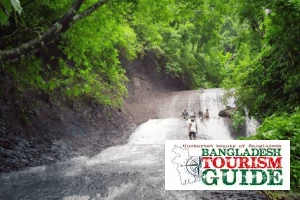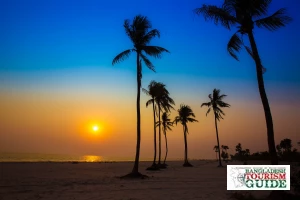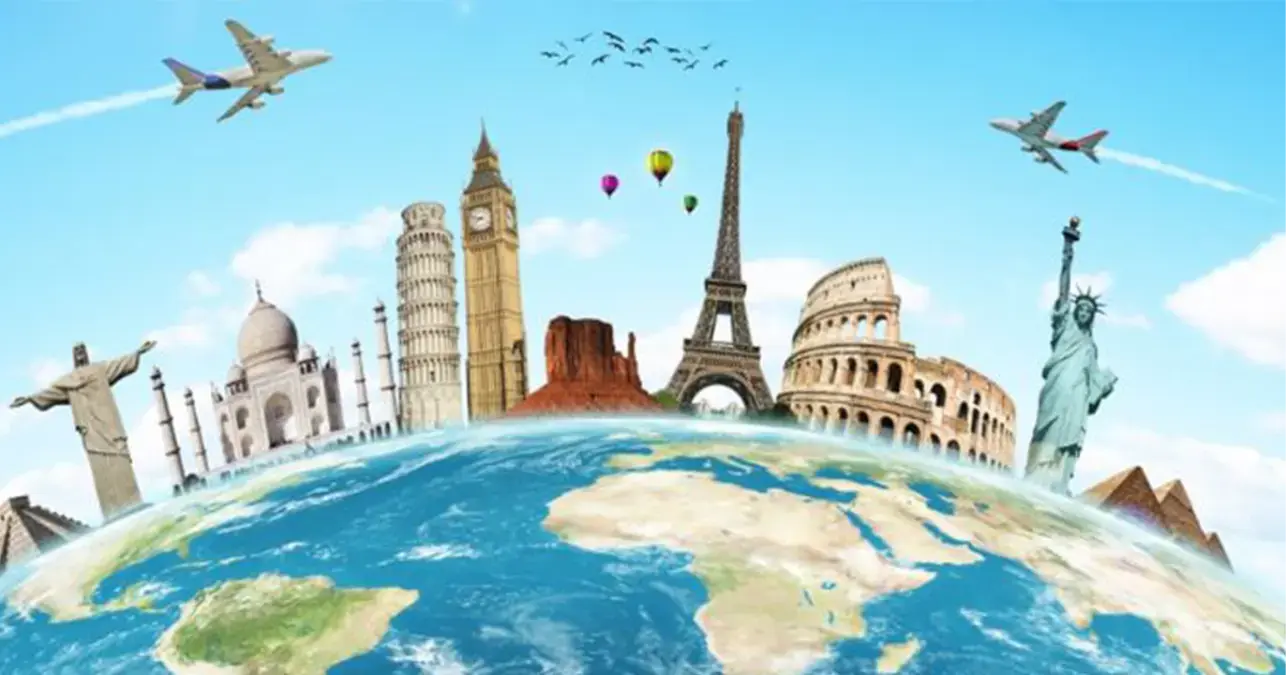Description:
Juraichhari is an upazila of Rangamati district under Chittagong division. The tourist spots of the upazila are Banataigachug Hill, Juraichhari Rajban Bihara. The main rivers are Karnafuli, Salak and a part of kaptai lake falls on the north-western corner of the upazila.
Jurachhari is located about 57 kilometers from Rangamati headquarters. The meaning of ‘jur’ is cold and the meaning of the word ‘thakhi’ is rhymes or springs. The name of this upazila has been named from Jharachari named Jhorna. Mizoram in the east of India, before Jurachhari upazila, Barkal on the north, Bilaiichari on the south and Rangamati on the west. The only communication medium in this area is the waterway.
Tree trees coming down from the hills on one side of Jurachharhi. On the other side, in the silent water of the Kaptai lake, Jhiri Jhiri Vitas’ Mitali awakens the sleeping beauty of human beings. Where do you want to get lost in mind Army Camp is located beside Jurachhari Upazila Complex. Besides, Jurachhari Police Station Providers are always ready to provide security. They came running for any need.
Tips:
Take a life jacket.
Attractions:
With permission from Barkal BGB camp, Bhushchhara and small haraana can go and on the return day, Mittigachhari, Subalong Jharna, hanging bridge and DC Hill can park in the park.













